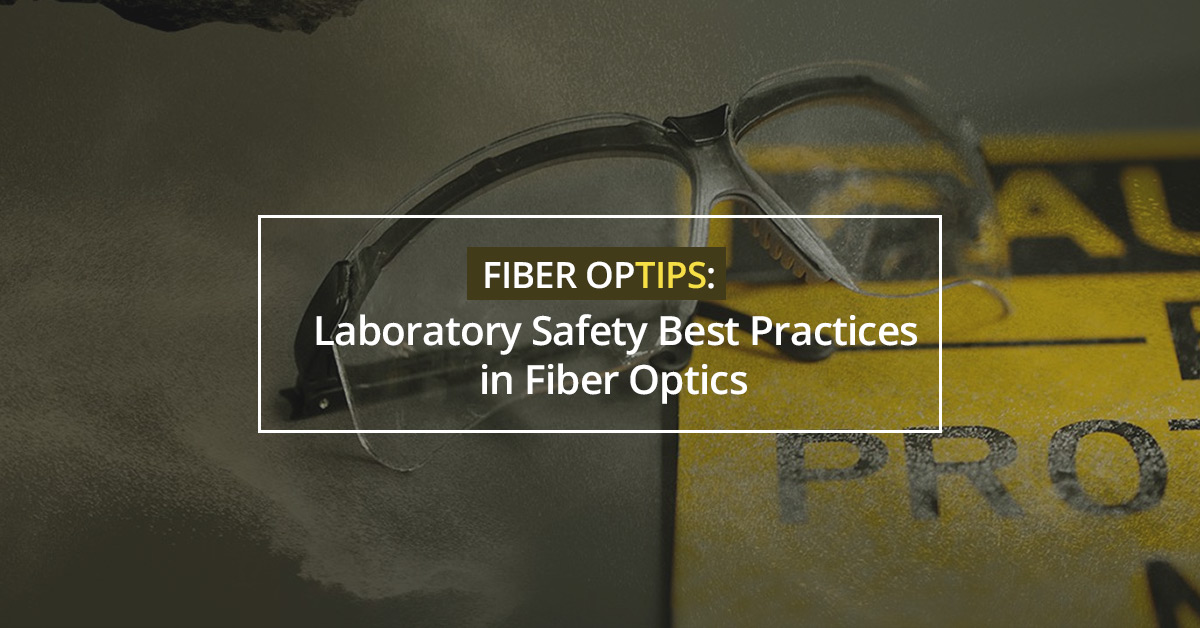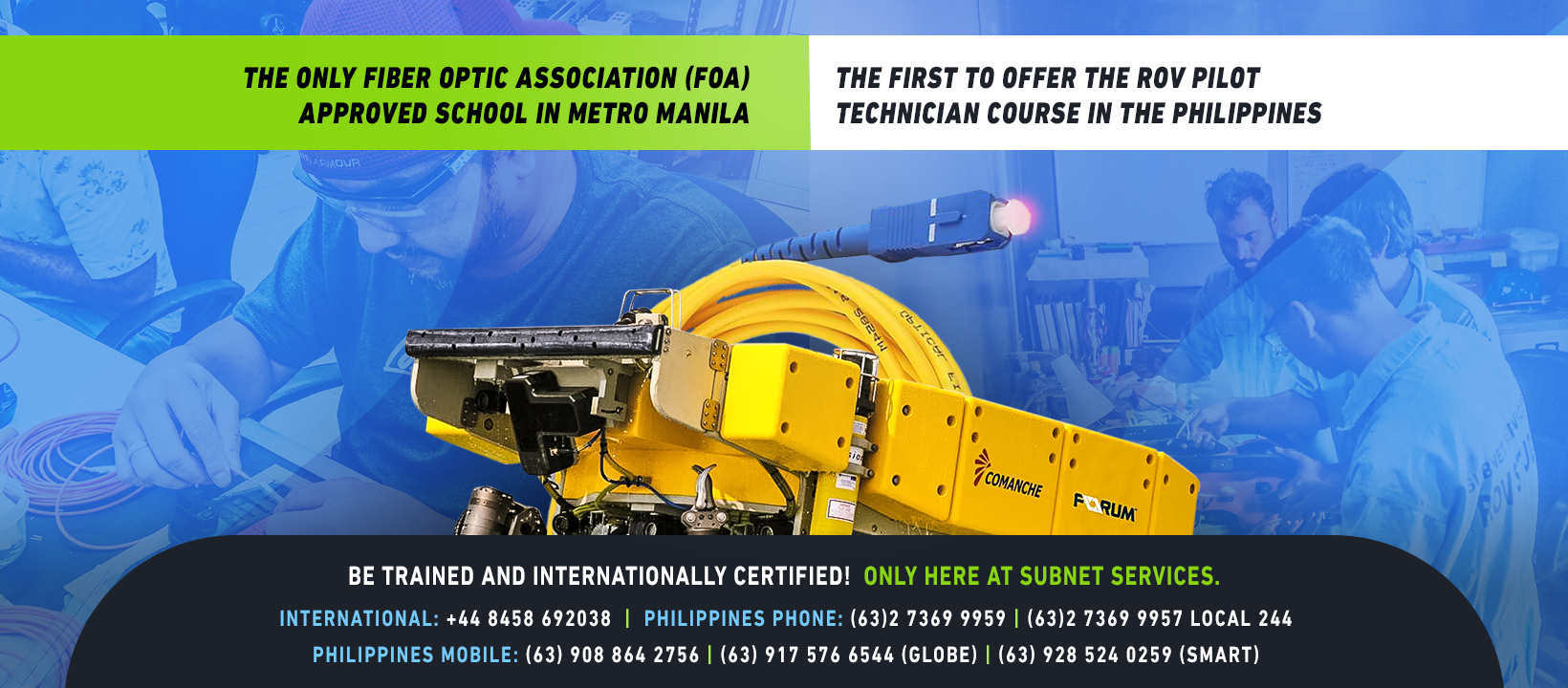Fiber Op-Tips: Laboratory Safety Best Practices in Fiber Optics
Last month, we already blogged about the do’s and don’ts in fiber optic cable handling and shared with you the fiber optics safety rules poster made by no less than the Fiber Optic Association (FOA).
This time, we have collaborated with our own training instructors and decided to share with you more safety best practices recommended by the FOA itself while working with fiber optics in the laboratory.
Fiber Op-Tip No. 1: Make eye safety a high priority.
First off, you should never look directly at the end of a fiber, especially those in working systems. On operating systems, always test the power in the fiber before inspecting it with a microscope. Many microscopes have filters to remove harmful levels of infrared light without compromising visibility of fiber defects, but make sure yours has one before trusting it.
For a comprehensive discussion of eye safety, you may visit the FOA website.
Fiber Op-Tip No. 2: Dare to care for bare fiber safety.
When working with bare fibers, it is advised to always wear safety glasses. During the termination and splicing process, you will be continually exposed to small scraps of bare fiber cleaved off the ends of the fibers. These cleaved ends are extremely sharp and can easily penetrate your skin. You have to be very careful to not stick the broken ends into your fingers, since they invariably break off and are very hard to find and remove.
But of course, you can avoid accidents if you exercise a little caution such as the following:
- Dispose of all scraps properly.
- Keep a piece of double stick tape on the bench to stick them to or put them in a properly marked paper cup or other container to dispose of later.
- Do not drop them on the floor where they will stick in carpets or shoes and be carried elsewhere.
- Do not eat anywhere near the work area.
Fiber Op-Tip No. 3: Get technical when it comes to electrical safety.
If you are not familiar with electrical safety, it is recommended that you take a course on the National Electrical Code (NEC) and safety practices for installers. According to the FOA, installation of fiber optic cabling does not normally involve electrical hazards unless the cable includes conductors. However, these cables are often installed in proximity to electrical and conductive cables. Whenever you are near these cables, there is always a potential shock hazard. Hence, you have to be very careful.
Cliché as it may sound, it is always better to be safe than sorry. The golden rule “Safety first” is a standard that every fiber optic personnel has to personally live by.
If you want to be part of the fiber optics industry, you may start so by taking our training courses:
Be trained and internationally certified!
Only here at SubNet Services.
Source:
– Fiber Optic Association. “Topic: Fiber Optic Safety”. thefoa.org. http://www.thefoa.org/tech/ref/safety/safe.html (accessed July 13, 2018)



